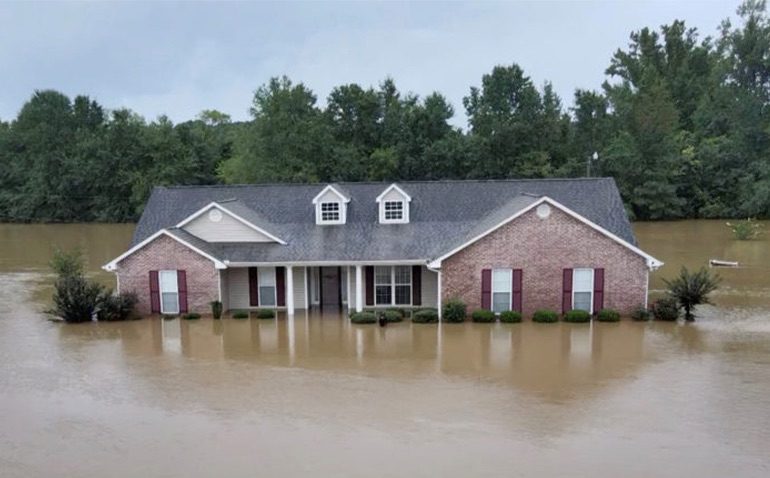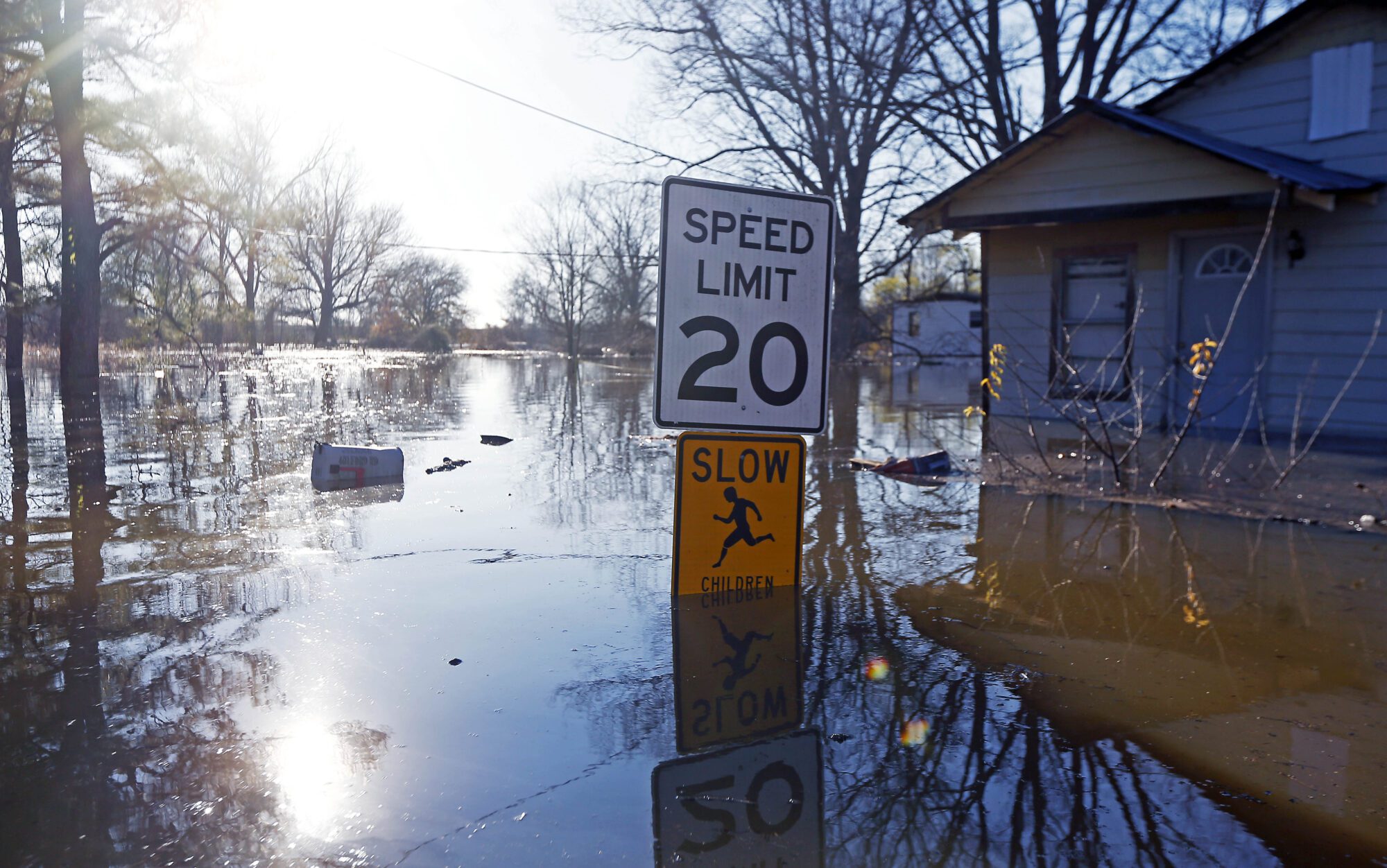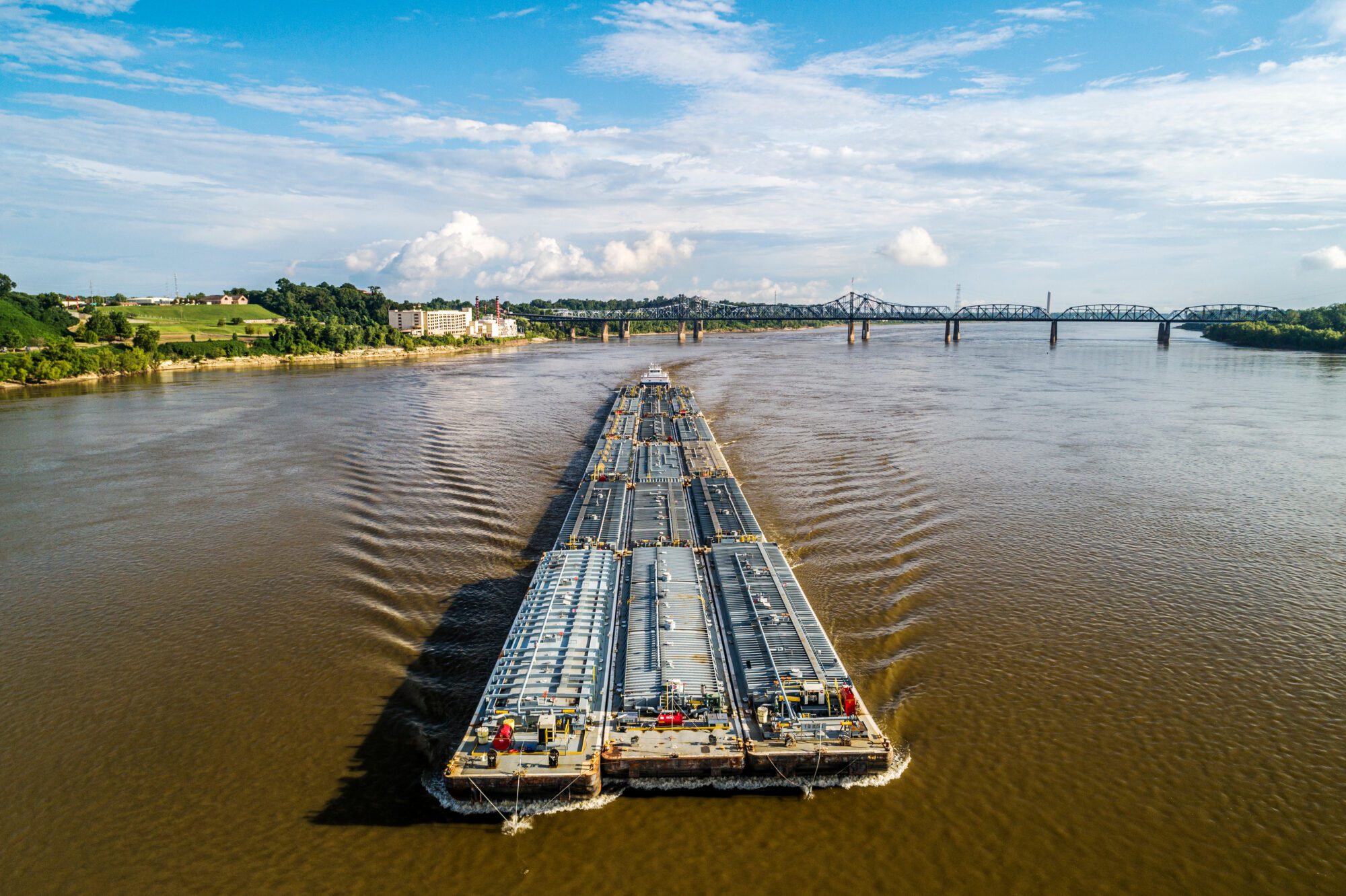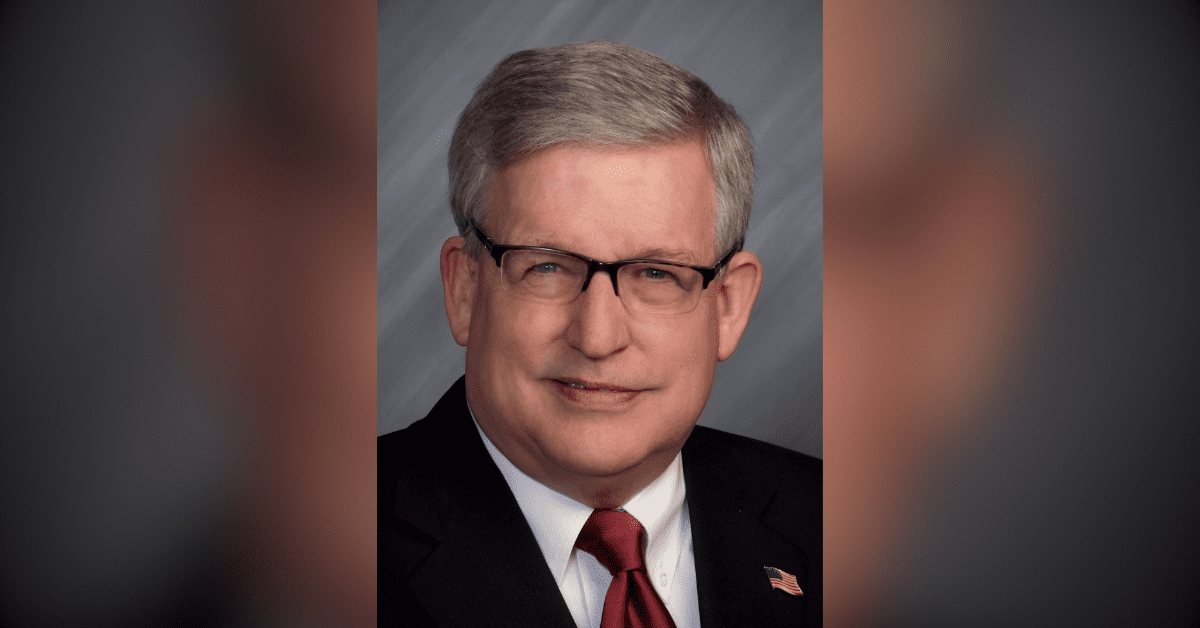
- Kelley Williams writes that the Corps of Engineers makes floods worse for some and better for others.
I used to write about Mississippi River floods due to Corps of Engineers projects. Yep, that’s right. The Corps causes floods. Wait, you thought rain caused floods. OK, it does. But the Corps makes floods worse for some and better for others. Its levees make flooding worse for those inside the levees. And better for those outside the levees.
The Corps Old River Control Complex (ORCC) near Louisiana’s Angola Prison just south of the Mississippi line makes flooding worse inside the levees. The flooding affects about a half million acres in Mississippi and Louisiana owned by over 500 plaintiffs who sued the Corps in 2019 for taking their properties. I’m one of those plaintiffs. I quit writing about floods when I became one. I’m starting again. I can’t wait on the courts. I’ll be dead. My boys may be too.
Sometimes the Corps pays for flood easements before the fact. Most of the time it floods first and pays damages later – if courts make it. That’s what it’s done with flooding caused by the ORCC. But courts take forever. That’s good for the Corps because plaintiffs don’t live forever. The Corps does.
The Corps default defense is to obfuscate (lie) and delay. Justice delayed is justice denied for plaintiffs. It’s a win for the Corps and the Generals who command the Mississippi River Commission and the ORCC. Their tour of duty is typically 2-3 years. Then they move on to their next star – with no regrets for the damage they denied and ignored. They kick the can. They don’t make waves. They didn’t get to be Generals by being dumb.
The ORCC story begins with a big Mississippi River flood in 1950. Part of the flood took a shortcut to Gulf via the Atchafalaya River. It discharged near Morgan City LA instead of New Orleans. The Mississippi was trying to change course to find the shortest steepest route to the Gulf. Gravity makes it do that every 800 years or so when the old route silts in. Congress passed the 1954 Flood Control Act telling the Corps to ignore gravity and keep the Mississippi River in its old channel.
So, the Corps built the Old River Control Structure in 1963 to do that. It diverted 23% of the Mississippi’s flow down the Atchafalaya and kept 77% in the main channel. That was the split in 1950. Peas porridge just right. Gravity didn’t think it was just right though. In a really big flood in 1973, the river broke through the control structure and sent more flow down the steeper Atchafalaya where gravity wanted it to go. Water just naturally flows downhill.
The Corps ignored Mother Nature again. It repaired and added to the old structure (now called the ORCC) in 1980 to keep 77% of the river flowing where the Corps wanted it to flow. Then it stuck a finger in Mother Nature’s eye. It agreed to operate a new structure – a power plant that used most of the 23% flow to the Atchafalaya to generate electricity.
The Corps knew the new structure would increase the fall out of sediments in the main channel and make it higher. And that this would impede flow of the 77% to the Gulf at New Orleans. And that this would cause the level (stage) of the Mississippi River to rise. And that the higher stages would make floods higher and longer and cause more flood damage. And would also increase the head (force of gravity) trying to send more flow down the Atchafalaya. And make a course change more likely. But the Corps did it anyway. Politics beat gravity. So far.
The river hasn’t changed course yet. It will though. Gravity is inexorable. Meantime floods inside the levees in Mississippi and Louisiana get higher and longer and more damaging – primarily due to increased sediments from ORCC. The cost of that damage is paid by victims of river politics with properties in the Mississippi River batture (land inside the levees). They flood more so those in the Atchafalaya basin will flood less. And so the trillions of dollars a course change will cost will be delayed.
Rainfall has increased only 7% since the first control structure began operating in 1963. But flooding inside the levees in the Natchez reach of the river has increased 700% – over three months a year now vs. 12 days in 1962 (10 year rolling average). Corps studies predict this flooding will continue to increase and move upriver past Greenville.
Record long floods in 2018-20 destroyed the unique bottomland hardwood ecosystem immortalized in John James Audubon’s paintings of the early 1800’s. (Historic footnote: Audubon stayed in a home near Angola owned by a plaintiff.) Plaintiffs can repair flood damage to camps and structures if they can afford it. They can’t repair or restore the ecosystem that floods have destroyed. Its unique value is gone. Forever.
The government should pay plaintiffs for the damage to and destruction of their properties the Corps has caused. Now. Not 20 years from now when litigation works its way through the courts. The cost of that damage and destruction will be just a fraction of the savings from delaying the course change. It’s a bargain for the government. It’s the fair thing to do for plaintiffs.
Let’s cut to the chase. Now.










